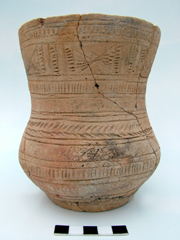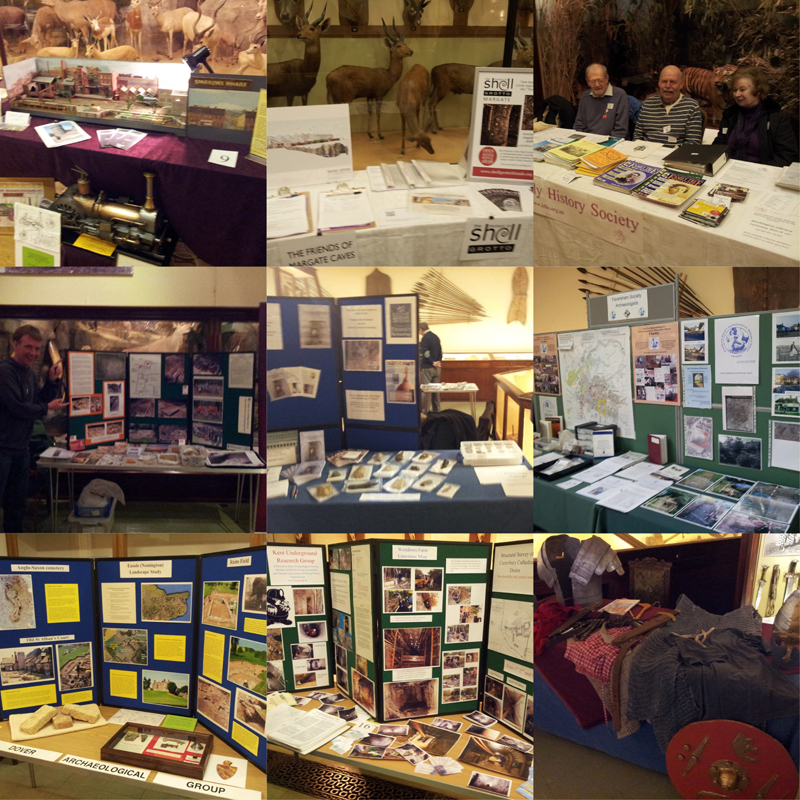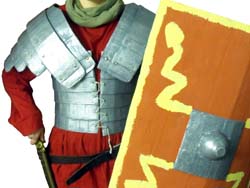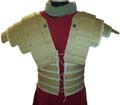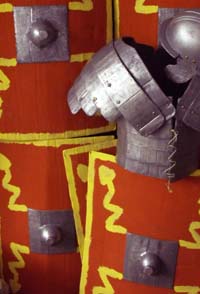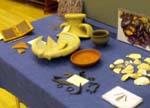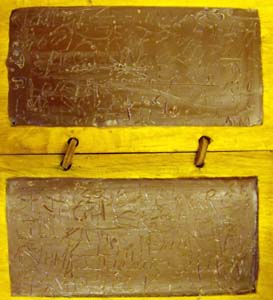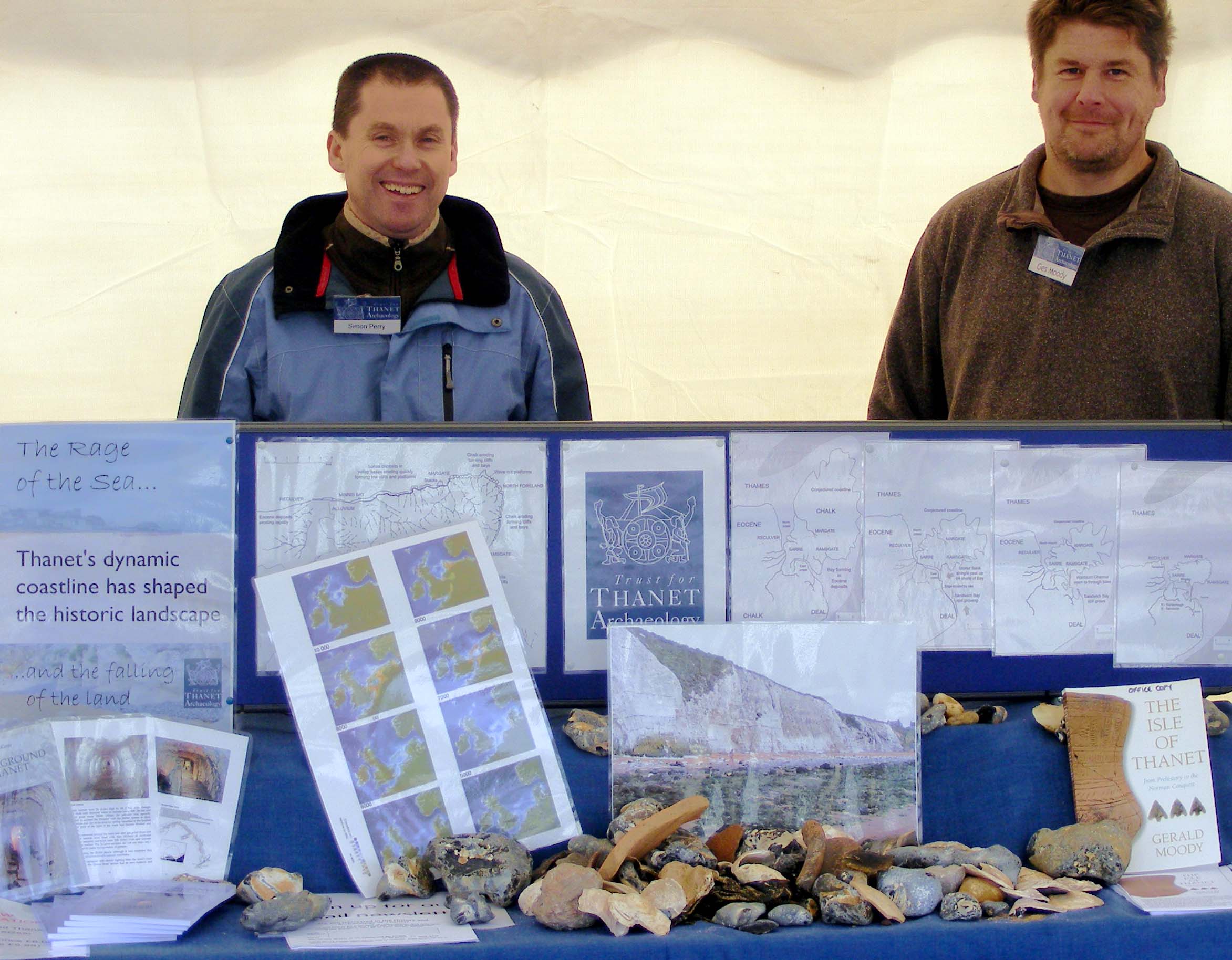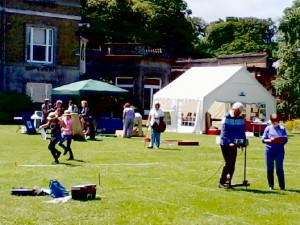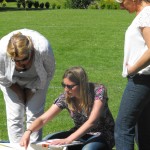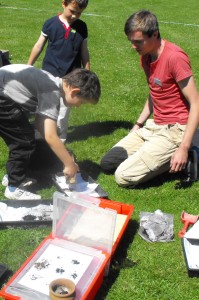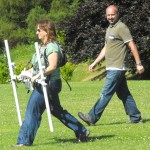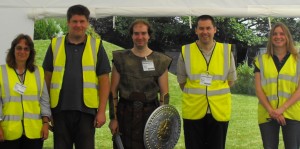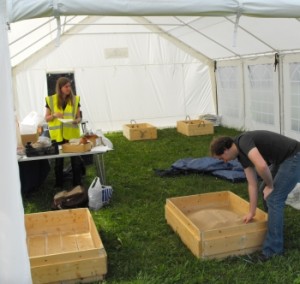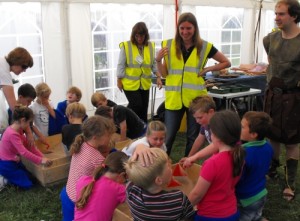Updated: 9th April
The Trust for Thanet Archaeology was founded on the 24th of April 1988. We will be celebrating our 25th anniversary in 2013 in April with a keynote lecture on the evening of the 23rd, held at the Broadstairs Campus of Canterbury Christ Church University. A one-day conference will be held at the same venue on the following Saturday 27th of April.
Keynote Lecture – Tuesday 23/04/13
The Trust for Thanet Archaeology: 25 Years of Archaeological Research, Retrospect and Prospect
Venue: Christ Church University, Broadstairs Campus, Northwood Rd, Broadstairs, CT10 2WA, Room CG48
Ticket price for lecture only: £ 5.00
Refreshments from 7pm. Lecture begins 7.45pm
The Trust for Thanet Archaeology was formed on the 24th April 1988. Deputy Director, Ges Moody, will highlight the achievements of the Trust for Thanet Archaeology in exploring archaeology in Thanet over the last 25 years and look at what the future holds for archaeological research in the area. The talk will be illustrated by images and information from many of the important excavations carried out by the Trust.
To celebrate our 25th anniversary we invite you to join us before the lecture for a drink and light refreshments at the campus from 7.00pm
One day conference – Saturday 27/04/13
Exploring our Past – Preserving our Heritage
Venue: Christ Church University, Broadstairs Campus, Northwood Rd, Broadstairs, CT10 2WA, Room CG48
Ticket price for conference only: £ 15.00
Registration and refreshments from 9.30am, talks start at 10.00am, Conference ends 4.00pm
The Trust’s involvement in Thanet’s Heritage is about more than the archaeology beneath the ground. We are hosting a one day conference exploring the themes of the Landscape, Townscape and People-scape of the Isle of Thanet to consider the heritage all around us. Talks by a wide range of speakers will explore the remains of lost industries, unusual artefacts and hidden places, with the aim of raising interest in the promotion, preservation and future funding of Thanet’s Heritage
Update:
Thinking of making an application for Heritage Lottery Funding?
The last session of the day will highlight some successful applications for Heritage Lottery funding for community projects by the speaker David Crawford-White, Outreach and Learning Officer for Oxford Archaeology East. This will include advice on applications and handouts with examples of successful applications. This should be useful guidance for any groups or individuals thinking of making an application for Heritage Lottery funding from a very successful practitioner. Find out about the lecture, conference, speakers and subjects from the links below:
Download the programme
Download a flyer
Find out about the speakers and subjects
Get tickets
Tickets can be ordered by post with the order form at the end of the programme, or by secure PayPal payment using PayPal or credit or debit card
We offer a discounted ticket for both events for £ 17.00
Book your ticket with PayPal here
